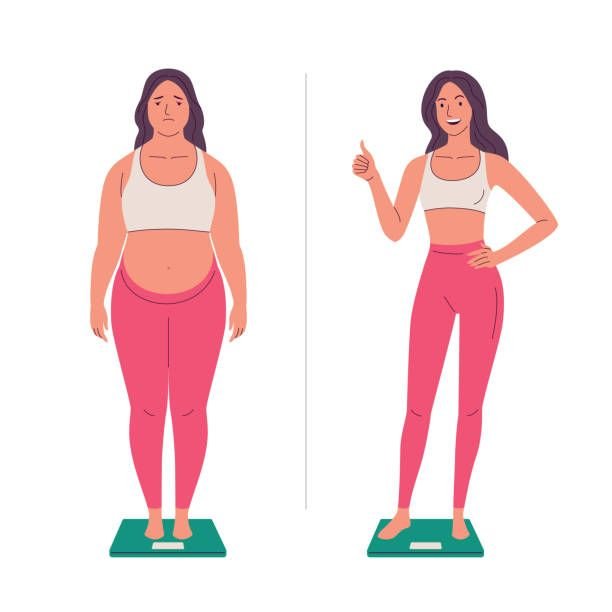Intermittent Fasting: Fad or Fact? What Science Really Says
Intermittent fasting (IF) has become a top diet trend—but does it deserve the hype? Otherwise, health experts now say that while IF may deliver benefits, it might not outperform traditional calorie control in the long run. In this piece, we explore what current science reveals about its weight‑loss impact, health advantages, potential risks, and practical use in 2025.
What Is Intermittent Fasting?
IF isn’t a single diet—it’s any eating plan that alternates scheduled fasting and eating periods.
For instance, one common method is the 16/8 schedule: eat within an eight‑hour window and fast for 16 hours each day.
Other popular formats include the 5:2 plan, which allows normal eating on five days and restricts calories to about 500–600 on two non‑consecutive days.
Additionally, alternate‑day fasting (ADF) requires one normal day followed by a very low‑calorie or zero‑calorie day.
In short, these approaches shift focus from what you eat to when you eat.
How It Works: The Metabolic Switch
Essentially, when the body runs out of glucose from your last meal, it begins burning stored fat—a process known as “metabolic switching”.
Meanwhile, benefits seen in rodents—like enhanced cell repair, reduced inflammation, and improved brain function—suggest a biological effect.
Consequently, IF shows promise for cardiovascular health, blood sugar regulation, and inflammation reduction.
Does It Actually Help with Weight Loss?
Short answer—yes.
In the short term, IF often produces results similar to typical calorie‑restricted diets.
For example, a substantial BMJ review found weight‑loss and cardiometabolic improvements were on par with continuous calorie reduction.
Additionally, a large study showed that alternate‑day fasting led to faster drops in weight and cholesterol than standard plans.
However, many experts caution that the primary reason IF “works” is simply that people eat fewer calories overall, not because of the fasting itself.
Unexpected Benefits—and Possible Risks
On the positive side, early IF research indicates possible improvements in insulin sensitivity, blood pressure, and inflammation.
Also, fasting aligns better with circadian rhythms and cellular repair mechanisms, which may promote metabolic health.
Additionally, some studies have revealed visceral fat reduction and improved blood sugar regulation in overweight adults following early fasting routines (e.g., dinner by 5 p.m.).
Yet, caution is warranted: a 2024 abstract suggested that a strict eight‑hour window IF might correlate with higher heart‑disease deaths, though full peer‑reviewed data are still pending.
Moreover, skipping meals may disrupt circadian rhythms, impair muscle maintenance, and cause fatigue, dizziness, or irritability in some people.
Fad or Sustainable Health Strategy?
Critics argue that IF resembles a fad diet—popular now, but lacking long‑term proof.
Indeed, many IF studies are small or short in duration, with mixed results on sustainability and long‑term effects.
Still, high drop‑out rates signal that sticking to IF long-term can be tough.
What's more, researchers find that weight‑loss maintenance often fails regardless of whether IF or standard diets were used, highlighting that consistency matters more than the eating plan itself.
Who Should and Shouldn’t Try IF
IF isn’t for everyone. It may be helpful for adults without chronic health issues who can skip breakfast or dinner comfortably.
However, groups such as pregnant or breastfeeding individuals, people with a history of eating disorders, diabetics, children, or the elderly should steer clear.
Plus, skipping meals often disrupts social routines and may not fit well with busy or family‑centered lifestyles.
How to Use IF Effectively
If you're curious about IF, try these evidence‑based steps:
Pick an approachable method—like 16/8 or 5:2—and commit consistently.
Maintain a nutrient‑rich diet during eating windows: vegetables, proteins, whole grains, and healthy fats.
Ease into it. Many studies note that adjustment takes 2–4 weeks.
Monitor how you feel. Watch for fatigue, mood shifts, dizziness, or irritability.
Consult a healthcare provider, especially if you have existing health conditions or take medication.
Where IF excels is in its simplicity—no calorie counting or special foods—making it an easy lifestyle tweak for some users.
Still, effectiveness depends on the quality and quantity of calories consumed—and on how well you sustain the habit.
Final Assessment: Fad or Fact?
In short, IF is both. It’s not a magical solution—it works because it often reduces overall calorie intake.
Yet, the mechanics behind it—like metabolic switching, circadian alignment, and cellular repair—are scientifically valid.
The problem lies in inconsistent adherence and a lack of long-term human studies.
Ultimately, IF can be a powerful tool—but only if it aligns with your lifestyle and health needs.
Otherwise, traditional calorie‑balanced diets, like the Mediterranean approach, may offer similar benefits with more ease and less risk.
Final Thoughts
Intermittent fasting is not mere hype—it has credible scientific backing for weight, metabolic, and cellular health benefits.
However, it's not superior to conventional diets and may carry social, psychological, or health risks for some.
Therefore, IF should be viewed as a situational option, not a universal solution.
Most importantly, any sustainable change—whether IF or balanced nutrition—depends on consistency, quality, and alignment with your context.

